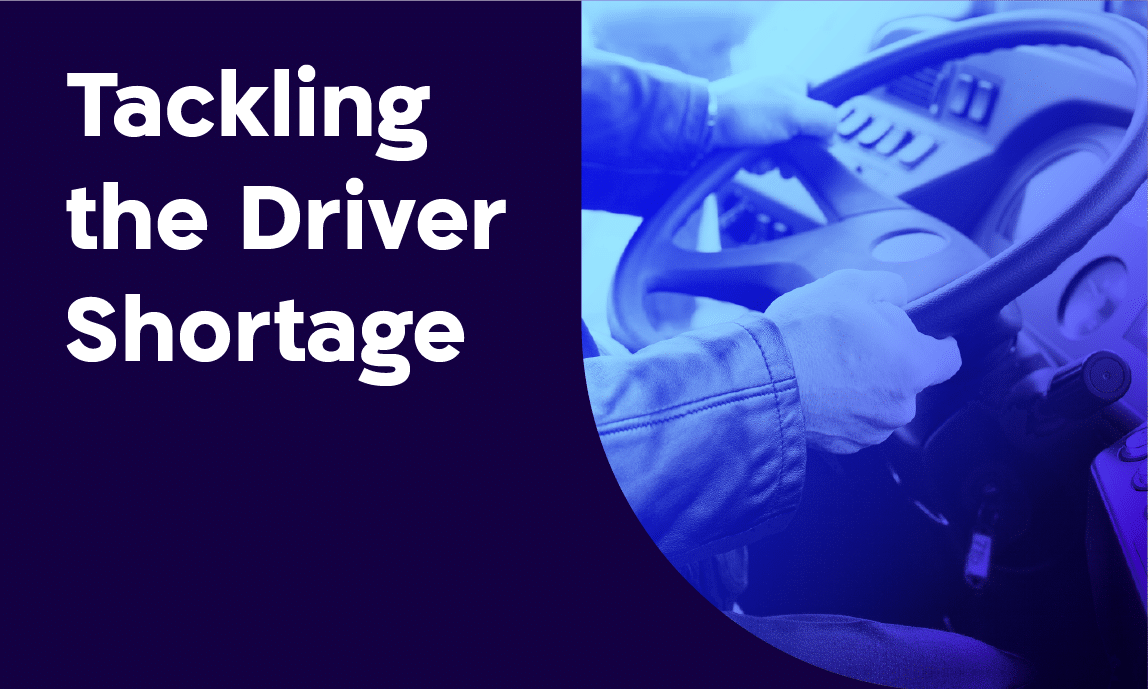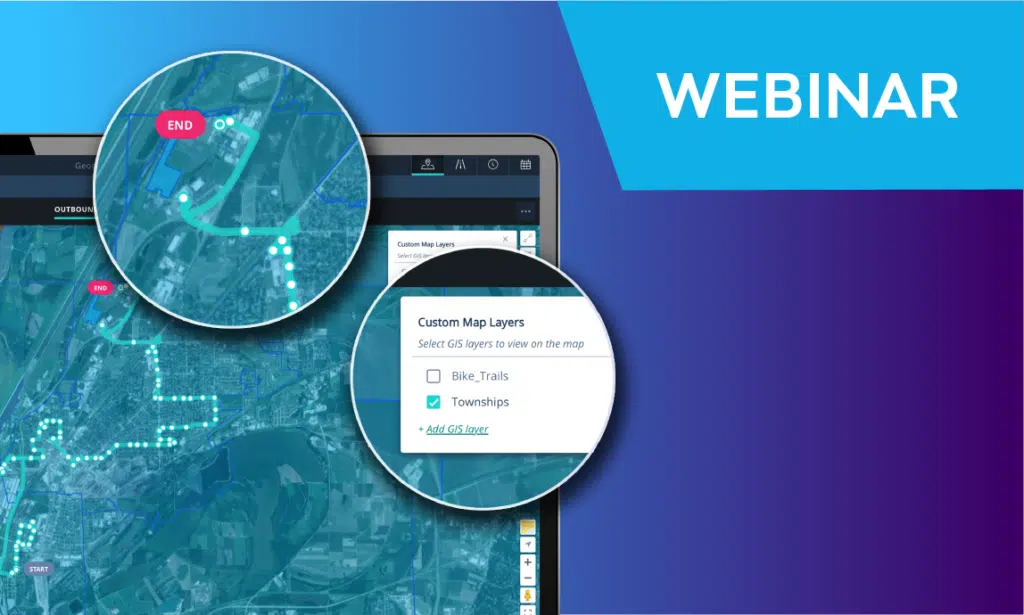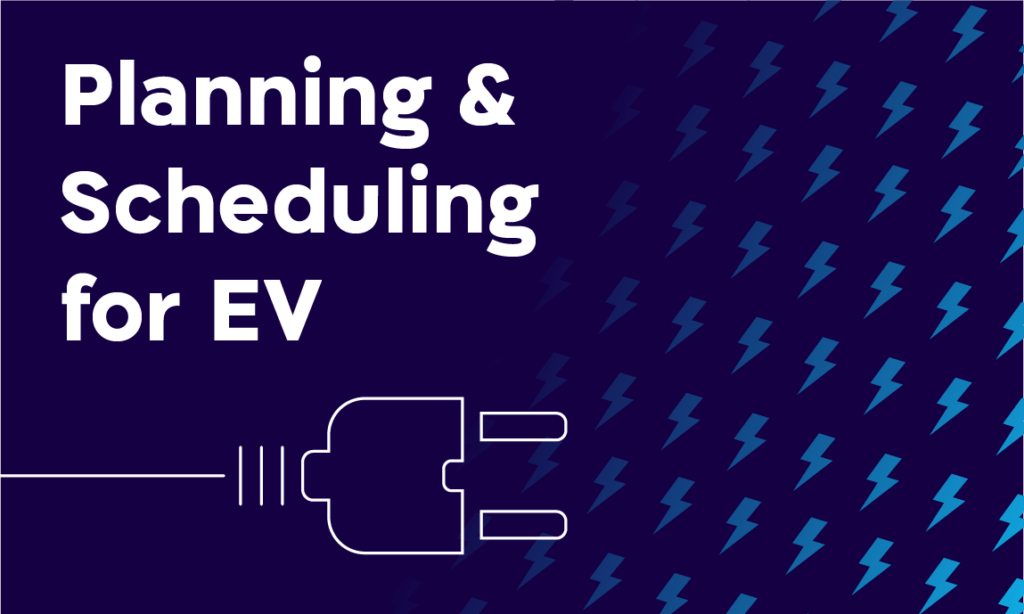Launching Optibus OnTime
Public transportation was designed to be a public service – so why is transit ridership on the decline throughout much of the world?
There are various culprits, from the rise of on-demand ride-hailing services to trends in global energy prices. But the data shows that the primary factors driving people away from public transit are worsening delays, frustratingly long wait times, and overcrowding.
In an evolving mobility ecosystem, commuters have more options than ever for moving from A to B, and they understandably demand the best transit experience they can get. This helps explain why, if there’s one main KPI on which operators are measured, it’s their on-time performance (OTP). Transit agencies suffer more than reputational damage for their lack of punctuality; they can also incur hefty financial penalties for poor service.
A Fully Integrated Solution
Operators have control over some of the parameters that affect on-time performance. Yet, although on-time performance and scheduling are inextricably linked, existing solutions focus on scheduling alone and leave on-time performance to dispatching practices, missing the opportunity to radically improve on-time performance. By dealing head on with on-time performance during the scheduling phase, far more optimal results can be had. Let’s explain how:
Scheduling is all about tradeoffs. Each preference and constraint that planners choose, affects other parameters. The Max work time of a driver, for instance, has an impact on the number of vehicles and duties that are required, along with operational costs. On-time performance shouldn’t be treated separately. Say that along one fixed route, a transit system has only one vehicle and one driver. In this scenario, OTP would be very high, but at the expense of other key benchmarks, including costs, duties, and more. This underscores the importance of including all details during the scheduling process.
Until today, planners did not have the ability to integrate OTP and scheduling optimization simultaneously.
Introducing On-Time Performance Optimization
That’s why we’re launching the first ever OTP optimization – OnTime – that will be fully integrated with our existing resource scheduling solution – OnSchedule.
We do this by harnessing advanced machine learning capabilities to create a prediction engine. It uses historical data from bus operators and external information sources – weather forecasts, traffic patterns, major events, seasonal trends, and so on – to predict the on-time performance of any given schedule. This means that scheduling no longer uses guesstimates or heuristics regarding a given schedule’s on-time performance. Instead, the prediction engine creates a far better picture of the on-time performance of any given schedule.
Schedulers can now set their target OTP preference along with all other scheduling parameters, and are able to examine the effects of OTP changes on all aspects of their operations.
Moreover, schedulers and dispatchers are now equipped with sophisticated tools to identify areas with high delay probabilities, allowing them to optimize fleet management and prevent bottlenecks before they develop.
The Future Is Now
When operators are better able to create accurate, fully integrated schedules, transit systems will be face less unexpected occurrences. For passengers, this will mean dramatically improved service quality, while operators will incur lower costs.
We’re thrilled about this solution because:
1. It will impact each and every passenger, providing them better service.
2. It enables our customers to maintain their market leadership, providing their customers with the best service possible.
3. It disrupts the markets existing software offerings by offering a radically better way to manage schedules and on-time performance.
The future of public transportation is here, and it’s tremendously exciting to work for a cutting-edge company that’s bringing transit into the digital age.
Great days ahead.
Read our latest articles:
Multi route planning
MV transportation – Improving Efficiencies
Bus rapid transit systems planning
Electric vehicle optimization




